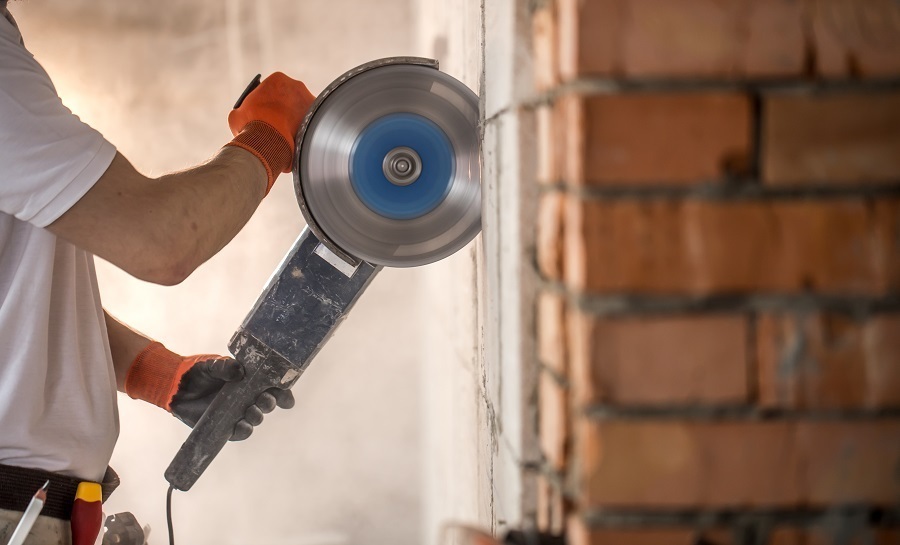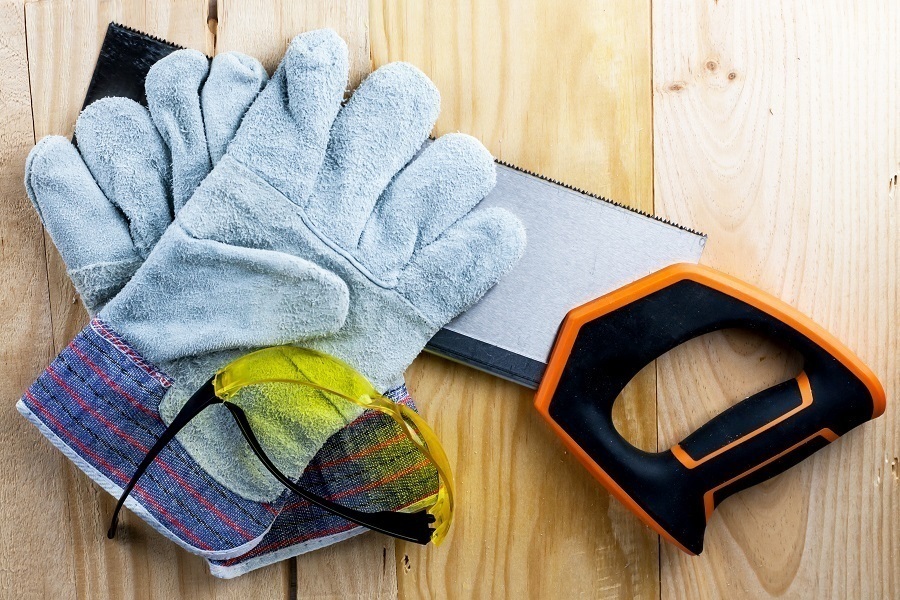Last updated on
Does your home renovation project require the use of an angle grinder? If you’re going to do it yourself, make sure to follow the safety rules.
Whether you’re a professional who’s experienced in home renovation projects or you’re just interested in making some improvements to your home, knowing how to use equipment safely and correctly is paramount.
An angle grinder is a tool used regularly by construction workers and within homes and workshops to grind, cut, and sand a selection of different materials.
Like most other power tools, angle grinders can be highly dangerous if not handled properly. Here are some precautions to take when using an angle grinder and ways to improve the efficiency of the tool when cutting.
What's Inside
Choosing the Right Grinder

The angle grinder is well known for its versatility; nevertheless, you must still choose the right type of grinder to match what you intend to use it for. For home improvements, a cordless angle grinder is the ideal choice, as the omission of cables reduces the likelihood of serious accidents from occurring – this does mean that the device will operate for a shorter period of time, however.
Check the Condition of the Grinder
An existing or second-hand grinder should be maintained to acceptable standards and inspected thoroughly before use. The ventilation slots should be clean and kept clear from debris so as not to overheat the motor.
The guard is another essential component that protects its user from the sparks emanating from the grinder and helps to provide protection in case the grinder is thrown backwards into the user. This should be checked before use and adjusted to the right angle to provide maximum protection against fragments.
Create a Safe Working Environment
Your work environment should always be tidy and safe, particularly when working alongside dangerous equipment. One fall or slip can result in serious injury. Ensure all small parts of the equipment are kept in storage or tool boxes, and any power cables are cleared away or secured to surfaces.
The workspace should be illuminated sufficiently to be able to observe your actions clearly without having to strain your eyesight. It is also advised that there is some form of ventilation if you are conducting work within the home – grinding and cutting produce a ton of debris and harmful fumes.
Any flammable liquids and materials should be removed from workshops, and sparks should be directed away from these if this is not feasible. As a precaution, a fire extinguisher or an alternative fire suppressant should be kept nearby if a fire were to transpire.
Wear Appropriate Protective Equipment

Personal protective equipment (PPE) must be worn at all times in order to protect the eyes, ears, hands, feet, and lungs. All clothing should fit tightly so as not to get caught within the grinder and get pulled. Eye protection can consist of goggles or a face shield and ideally, should be to required standards.
A set of earplugs can help to reduce the level of noise and any damage to the ears. A dust mask is a necessity when small dust particles and fumes are sent into the air – prolonged exposure can lead to serious health disorders.
Probably the most important piece of protective equipment when handling grinders, gloves can protect the hands from hot, sharp edges of cut material, sparks, and fragments of waste metal.
Any of these items or clothing should be non-flammable to protect against flying sparks and the risk of catching fire. Loose items of clothing or jewelry should always be removed before any work begins. These can accidentally become caught in the grinding disk and cause considerable damage.
Additionally, long hair should be tied up, or better yet, kept under a cap.




